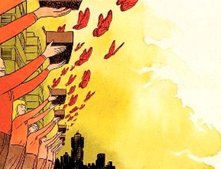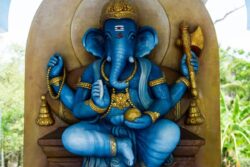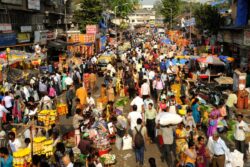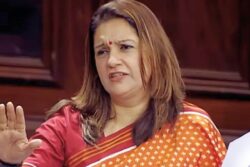Unravelling The Truth

 What is Brahmn?
What is Brahmn?
It is the chaitanya that appears, through the aspects of karma and jnana, as this vast mundane egg composed of mahat, ahamkara and the five elements, earth, water, fire, air and ether — that is secondless — that is devoid of all vehicles (upadhis), that is full of potencies (shaktis), that is without beginning and end, that is described as pure, beneficial, peaceful, and guna-less and that is indescribable.
Who is Isvara and what are his characteristics?
Brahmn itself, having through his sakti called prakriti (matter), created the worlds and being latent in them, becomes the ruler of buddhi and indriyas, organs of sense and action as well as Brahma (the Creator) and others, hence he is named Isvara.
Who is Jiva?
Isvara himself, subject to the false superimposition upon himself (of the idea) “I am the gross” through the (assumption of the) names and forms of Brahma, Vishnu, Rudra, Indra and others is jiva. Though one, he appears as many jivas, through the force of the different karmas originating the bodies.
What is material nature (prakriti)?
It is nothing else but the potency (shakti) of Brahmn which is of the nature of buddhi that is able to produce the many motley worlds by virtue of the mere presence of Brahmn.
What is Paramatman?
The supreme atman or soul, it is Brahmn alone that is Paramatman as it (the former) is far superior to bodies and others.
Who is the Creator (Brahma)?
Who is the Preserver (Vishnu)?
Who is the Destroyer (Rudra)?
Who is Indra?
Who is god of death (Yama)?
Who is the sun (Surya)?
Who is the moon (Chandra)?
Who are the gods (Devas)?
Who are the demons (Asuras)?
Who are the evil spirits (Pishachas)?
Who are men (Manushyas)?
Who are women?
Who are beasts, (pashus) etc.?
Who are the fixed ones (sthavaras)?
Who are Brahmins and others?
That Brahmn is Brahma, Vishnu, Rudra and Indra, Yama, Surya and Chandra, Devas, Asuras, Pishachas, men, women, beasts, etc., sthavaras, Brahmins and others. Here there is no manyness in the least degree: all this is verily Brahmn.
What is caste (jati)?
It cannot refer to the skin, the blood, the flesh or the bone. There is no caste for atman; caste is only conventional.
What is karma?
Karma is that action alone which is performed by the organs and ascribed to atman as “I do” (viz. agency being attributed to atman).
What is inaction (akarma)?
Inaction is the performance, without any desire for the fruits, of the daily and occasional rites, sacrifices, vows, austerities, gifts and other actions that are associated with the egoism of the actor and the enjoyer, and that are productive of bondage, rebirth, etc.
What is jnana?
It is the realisation by direct cognition of the fact that in this changing universe there is nothing but consciousness, that is of the form of the seer and the seen, pervading all things, that is the same in all and that is not subject to changes like pot, cloth, etc. This realisation is brought about by means of the subjugation of the body and the senses, the serving of a good guru, the hearing of the exposition of the Vedantic doctrines and constant meditation thereon.
What is ajnana?
It is illusory attribution, like the snake in the rope, of many souls (atmans) through the diverse upadhis of the gods, beasts, men, the fixed ones, females, males, castes and orders of life, bondage and emancipation, etc., to Brahmn that is secondless, all-permeating and of the nature of all.
What is happiness (sukha)?
It is a state of being of the nature of bliss, having cognised through experience the reality of sachidananda (beingness, consciousness and bliss).
What is sorrow (dukha)?
It is the mere thinking (sankalpa) of the objects of mundane existence (or of non-self).
Thirty Minor Upanishads, Tantra Foundation, New Delhi.








